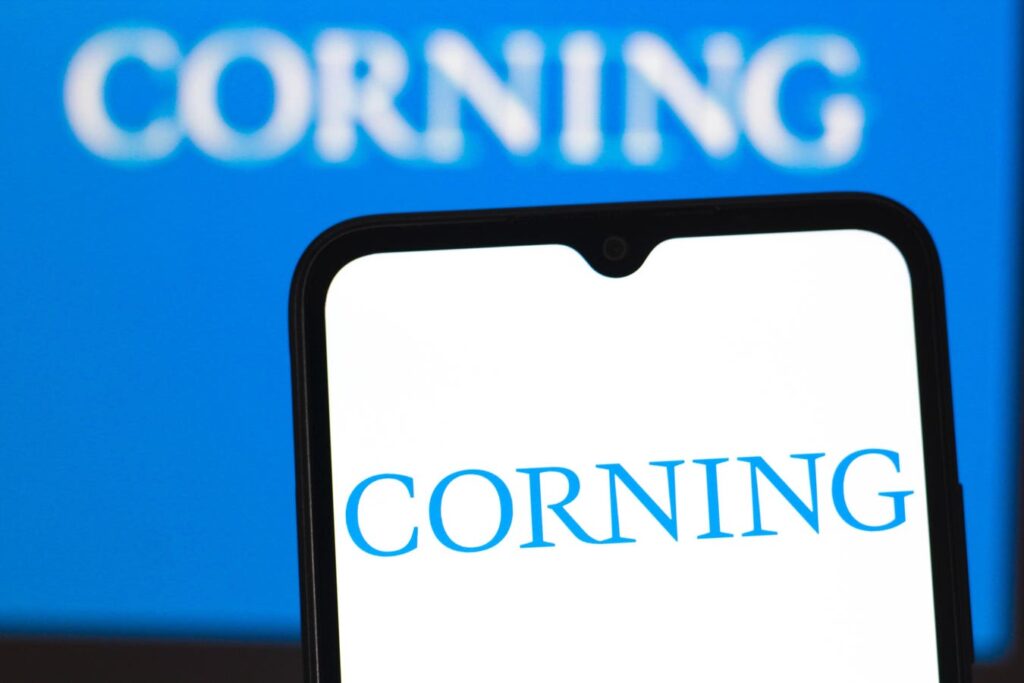Corning (NYSE:GLW) is set to publish its earnings report on Tuesday, April 29, 2025. Over the past five years, the stock has seen a negative one-day return following 60% of its earnings announcements. The median of these negative returns has been -3.1%, with a maximum of -6.9%.
Consensus estimates from analysts for the upcoming report suggest earnings per share (EPS) of $0.51 on sales of $3.63 billion. This marks a significant double-digit increase compared to the same timeframe last year, during which Corning reported EPS of $0.38 on sales of $3.26 billion. The expected strong performance is likely driven by the optical communications sector, which has benefited from heightened demand due to advancements in AI technologies and the introduction of new products.
For traders focused on events, understanding Corning’s historical stock reaction after earnings can provide valuable insights. The immediate market reaction will hinge on how the actual results and future expectations align with what investors anticipate. Nevertheless, reviewing past performance presents two potential strategies:
- Pre-Earnings Positioning: By recognizing the historical likelihood of a negative one-day return, traders can strategically position themselves ahead of the earnings announcement.
- Post-Earnings Trading: Analyzing the relationship between the immediate stock response and medium-term returns after earnings can assist in making trading decisions the day following the announcement.
From a fundamental perspective, Corning has a current market capitalization of $38 billion. Over the previous twelve months, the company generated $13 billion in revenue, achieving operational profitability with $1.1 billion in operating profits and a net income of $506 million.
That said, if you are looking for upside with lower volatility compared to individual stocks, the Trefis High Quality portfolio offers an alternative — having surpassed the S&P 500 and delivering returns greater than 91% since its launch.
See earnings reaction history of all stocks
Corning’s Historical Odds Of Positive Post-Earnings Return
Here are some observations on one-day (1D) post-earnings returns:
- There have been 20 earnings data points recorded over the last five years, with 8 positive and 12 negative one-day (1D) returns noted. In total, positive 1D returns were observed approximately 40% of the time.
- This percentage rises to 45% if we analyze data from the last 3 years instead of 5.
- The median of the 8 positive returns is 3.9%, while the median of the 12 negative returns is -3.1%
Further data regarding observed 5-Day (5D) and 21-Day (21D) returns post earnings is summarized with the statistics in the table below.
Correlation Between 1D, 5D, and 21D Historical Returns
A relatively less risky strategy (though not beneficial if the correlation is low) is to assess the relationship between short-term and medium-term returns post earnings, identify a pair that exhibits the highest correlation, and enact the appropriate trade. For instance, if 1D and 5D display the highest correlation, a trader can opt for a “long” position for the next 5 days if the 1D post-earnings return is positive. Here is some correlation data based on 5-year and 3-year (more recent) history. Note that the correlation 1D_5D refers to the link between 1D post-earnings returns and the following 5D returns.
Learn more about Trefis RV strategy that has outperformed its all-cap stocks benchmark (a combination of the S&P 500, S&P mid-cap, and Russell 2000) to deliver strong returns to investors. Separately, if you seek upside with a steadier experience than an individual stock like Corning, consider the High Quality portfolio, which has surpassed the S&P and achieved returns exceeding 91% since its inception.
Read the full article here
















